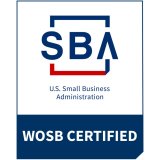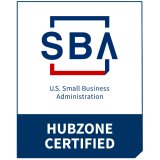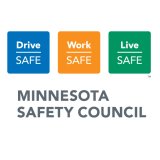FAQ
What is NRR or Noise Reduction Rating?
The Noise Reduction Rating (NRR) is a laboratory-derived single-number rating designed to characterize a hearing protector's noise reduction capabilities. The level of noise entering a person's ear, when the hearing protector is well-fitted and worn as directed, is approximated by the difference between the environmental noise level and the NRR (A-weighted environmental noise measurements must be corrected by subtracting 7 dB). A more precise estimate of field performance can be provided by Individual Fit Testing. This personalized test is performed under typical wear conditions and results in a Personal Attenuation Rating (PAR) for each worker.
For more information, see our SoundBytes article.
Related FAQs
- How do CavCom's high-fidelity filters work and how are they different from traditional filters and vents?
- How often should custom earplugs or earsets be replaced?
- What is the Personal Attenuation Rating (PAR)?
- Why do OSHA formulas require us to subtract 7 dB from the Noise Reduction Rating (NRR)?
- Does OSHA require hearing protection de-rating (cut the Noise Reduction Rating (NRR) in half)?





